NCAB Group Sweden has supported KTH Formula Student since spring 2020, contributing PCBs for the development of a driverless, electric race car.
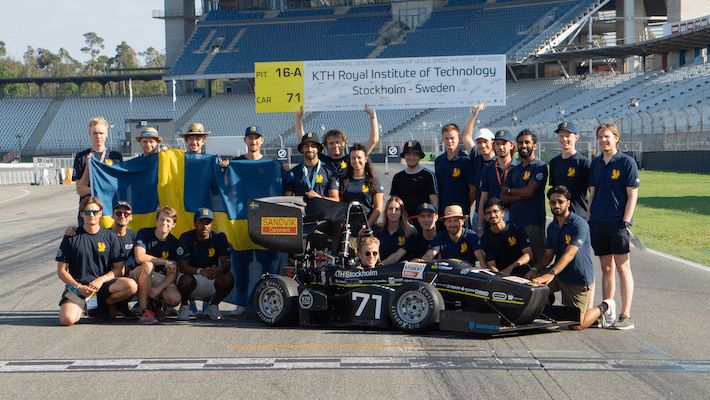
Formula Student is a global competition emphasizing student engineering. The project is about developing a driverless, electric race car, and to compete in Formula Student. NCAB’s sponsorship aims to raise awareness of the electronic industry among young people and promote technology interest. “We also want to secure new expertise in the field of technology and hence a broad recruitment base is needed. For us it is important to uphold and encourage young driven people who are passionate about the electronic industry,’’ says Carolina Hållenius, Marketing and Product Specialist at NCAB Group Sweden.
Meet three students behind the KTH Formula Student team
To learn more about the project we met with a few members of the team in the beginning of November for an interview: Filip Söderberg, Project Leader; Emil Tagesson, Head of Powertrain and Electronic; and his future replacement Emil Nordahl.
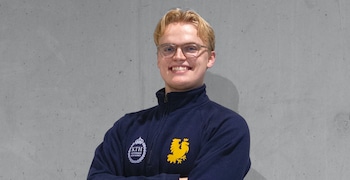
Filip Söderberg´s journey with KTH Formula Student began during his first year at KTH when he joined the Powertrain and Electronics subgroup and by the start of the second year, he became Team Captain.
“There are several aspects of KTH Formula Student that I hold in high regard. Firstly, it provides a platform for students from various backgrounds and nationalities to collaborate on campus towards a common goal. Personally, I have found it incredibly rewarding to learn from my fellow teammates and benefit from their extensive knowledge,” he says. “It is also very valuable to get the opportunity to apply theory in a practical context. We operate with a high degree of independence; there are no readily available solutions manuals in our workshop, and we are required to seek answers independently.”
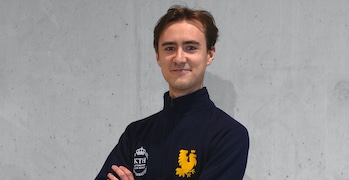
Emil Nordahl, is a student of the Systems, Control and Robotics master program. His journey with KTH Formula Student began with developing a graphical interface display, displaying information sent in the car. Since then, Nordahl has been in control of the dSPACE project (dSPACE is the central computer of the car).
“KTH formula student is the perfect mix of everything in the development of an engineer. It provides practical knowledge that complements the theory learned during the studies. You get to be a part of the whole process in the development of a project; design, prototyping, manufacturing, test, and troubleshooting,” he says.
“The feeling of staying up late together with your teammates and finally getting that thing to work is amazing and keeps you endlessly searching for the next thing to fix,” he says. We have a great comradery in the team and the incredible feeling of accomplishing great things with your teammates. Passing battery scrutineering after countless hours of work during this year’s Formula Student Germany competition with Filip and Emil was one of those moments I will remember for the rest of my life.”
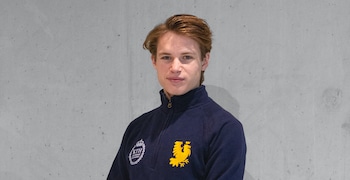
Emil Tagesson has been part of KTH Formula Student for five years, he studies his last year of the master program for Embedded Systems. He started out working on smaller projects on the car, such as the steering wheel PCB. Later, he was involved in more advanced projects that dealt with multiple systems in the car and took over as Head of Powertrain and Electronics in 2022.
He led a group of engineering students in developing the LV electronics of a fully electric race car along with the powertrain including HV battery, inverters, and motors. “At the moment, I work with everything from software on MCUs to commissioning our powertrain,” he says. “I’m also developing a new high-current PCB for our HV battery together with NCAB, with the goals of increasing reliability and vibration robustness by drastically reducing the number of cables in the battery and improving mechanical stability whilst keeping the system easy to work on.”
Challenges during the developing journey
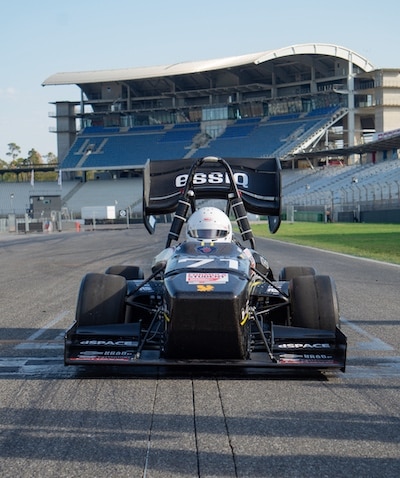
Since 2020, KTH Formula Student have been busy constructing a new car – DeV17– for which NCAB have provided PCBs for.
During the construction of the DeV17 car the team had several challenges, including driveline issues and electromagnetic interference (EMI) in the inverters. EMI analysis led to the discovery of flaws in the electrical architecture. After discovering and analyzing where these EMIs were located, the team finally felt like there was some light at the end of the tunnel. Now, for the first time, you could accelerate and see engines work. “It was great to see things move, blink or sound.’’
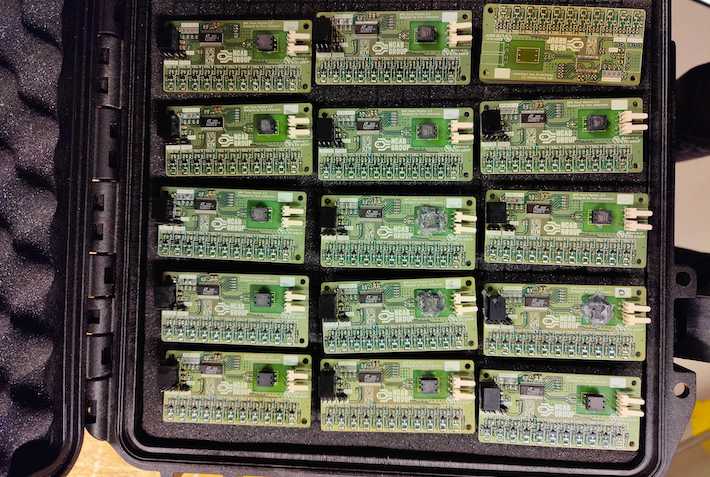
The evolution of the battery
The battery for their old race car (DeV16) was designed with a lot of cabling, this made them focus a lot on the mechanical parts of PCB design. For the DeV16 there was a lot of wiring. Today, pin headers and lyndon structures are used to mount the PCBs. The main idea now is that no cables should be the leading part between the PCBs. Using mechanical designs makes it easier because a lot of vibration is created during driving. The battery design for the DeV17 evolved to minimize cabling, enhance mechanical stability, and reduce weight.
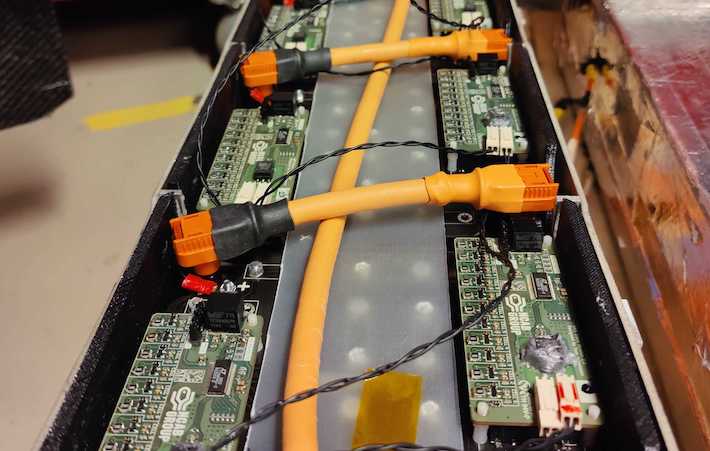
The battery time is around 25-30 minutes and has an efficiency of 6.3 kWh. Within the Formula Student world, this is one of the smaller batteries. This has resulted in significantly reduced weight of the car in total and that the weight is better distributed. Everything goes hand in hand, less weight also results in a smaller battery capacity requirement.
Competition time – On your marks, get set, go!
During the summer, KTH Formula Student have competed in Great Britain and Germany. Just before the competitions NCBA Group Sweden delivered PCBs design by the team. In their first competition in over four years, the team achieved a 5th place in the UK.
Their next competition took them to Germany where they learned the benefits of being structured and having a logistics team who can plan their food, transport, and schedules. Despite not placing high in this competition, they learnt a lot, and the team now feels that it has a completely different knowledge of competitions and what is expected of the whole team.
Team work with NCAB
“It is valuable to have an experienced and competitive sponsor who can contribute the most important thing to the car,” says Emil Tagesson. “Without NCAB, the team would not have been able to develop the PCBs, and with their help we are able to make designs that can be more complex.”
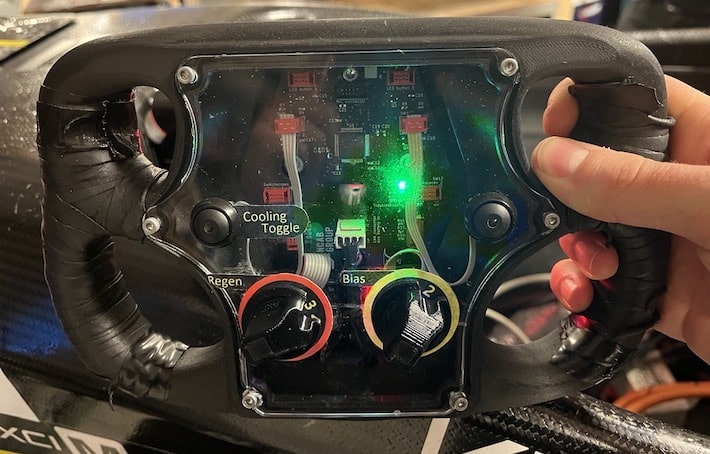
Next challenge for the team
Looking ahead, the team plans to compete in more competitions, focusing on developing a High Voltage PCB with NCAB’s assistance. They emphasize the importance of reliability in their designs, with a testing period beginning in May 2024 to prepare for future competitions.
